Development of cross-border approaches to mitigate conflicts between humans and elephants and to protect small farmers at the foot of the Himalayas
Funded By: Global Nature Fund (GNF) together with Naturschutzbund Deutschland e.V. (NABU)
Project Duration: 01.12.2020 – 30.11.2022
The Asian elephant is an emblematic species worthy of protection. It also generates significant income from tourism in the Royal Bardia and Royal Chitwan National Parks (Nepal) and in the Katerniaghat Wildlife Sanctuary in India.The border area between Nepal and India has a very high density of Asian elephants .The population is estimated at around 100-125 . However, this area is also a centre of settlement for the growing population of the Nepalese Terai lowlands and the neighbouring Indian states of Uttar Pradesh and Bihar. Through intensification of land use, primarily the conversion of forest into farmland and settlements , the natural habitat of elephants is becoming increasingly fragmented and fast diminishing. Due to this, conflicts between the human inhabitants of the Terai and the elephants are increasing. In their attempts to keep the migrating elephants away from their crops and homes, the inhabitants of the buffer zones of the national parks and elephant migration corridors suffer considerable damage to their belongings and loss of life every year These consequences threaten their very existence. Compensation programmes for damage caused by wildlife are inadequate, involving high bureaucratic hurdles and cannot create lasting acceptance for the coexistence of humans and elephants. The coordination of conflict reduction measures initiated by the state authorities and the local population is also inadequate and the locals feel it is not sufficient. Cross-border coordination of measures between Nepal and India, with coordination meetings every two years, is also insufficient to establish peaceful coexistence between the local population and elephants in this cross-border context. Project Objective: Improvement of the safety and protection of the local population’s harvests through harmonious coexistence between people and wild Asian elephants. Project Outcomes: 1,600 people in the affected communities are effectively protecting their homes, crops and lives from attack of wild elephants and living peacefully with them. The local population, especially small farmers and forest users, are aware of the behavioural ecology and land use of elephants and are warned of attacks so that they can react appropriately. The national park administrations and the competent forestry authorities have formulated measures and implement them together with land user groups and receive broad support in the cross-border context. Project Location: Katerniaghat Wildlife Sanctuary, Uttar Pradesh; Valmiki Tiger Reserve, Bihar

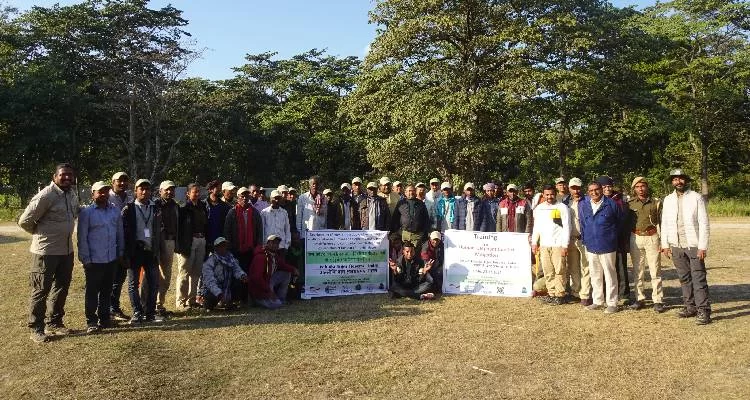
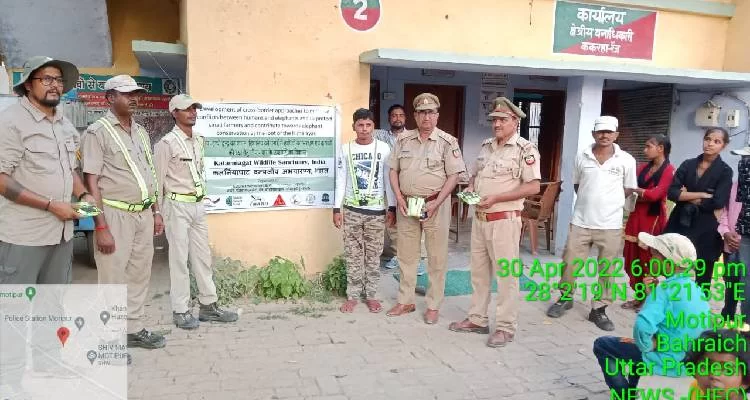

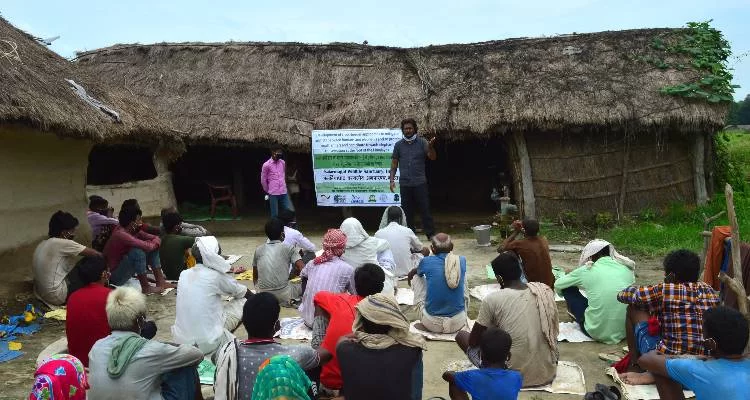
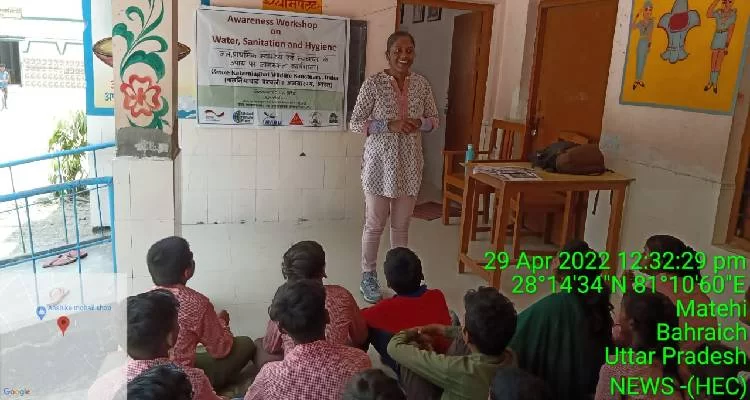
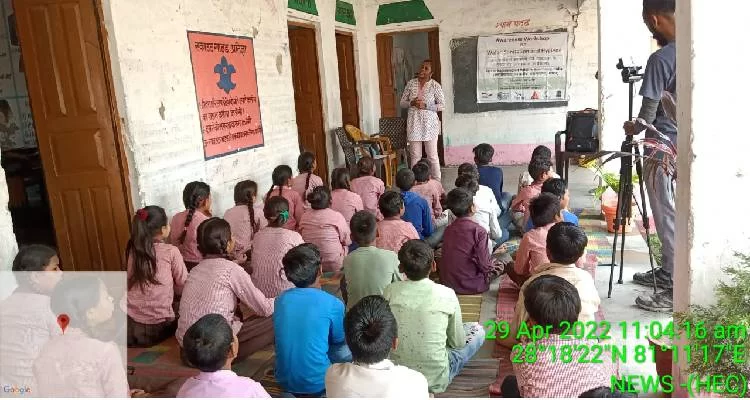
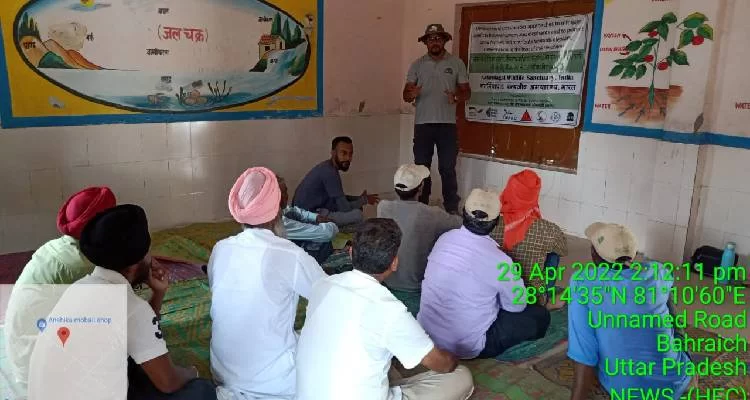
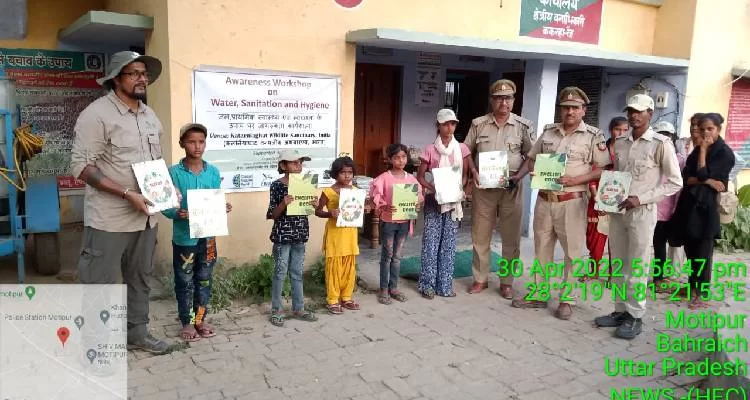
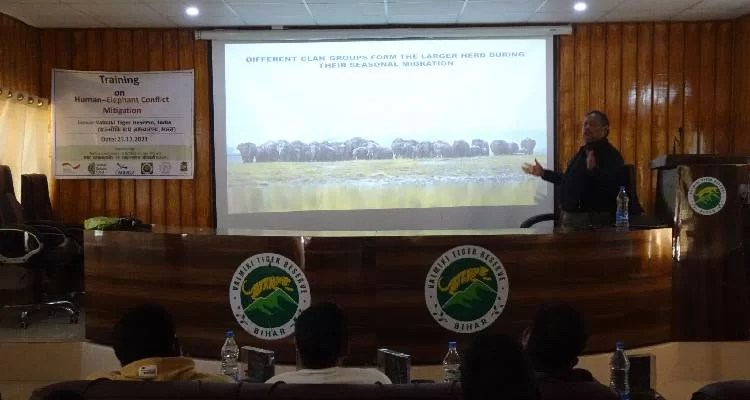
Name-
Nature environment and wildlife society
A/C No-
0000000000
IFSC code-
0000000000
x